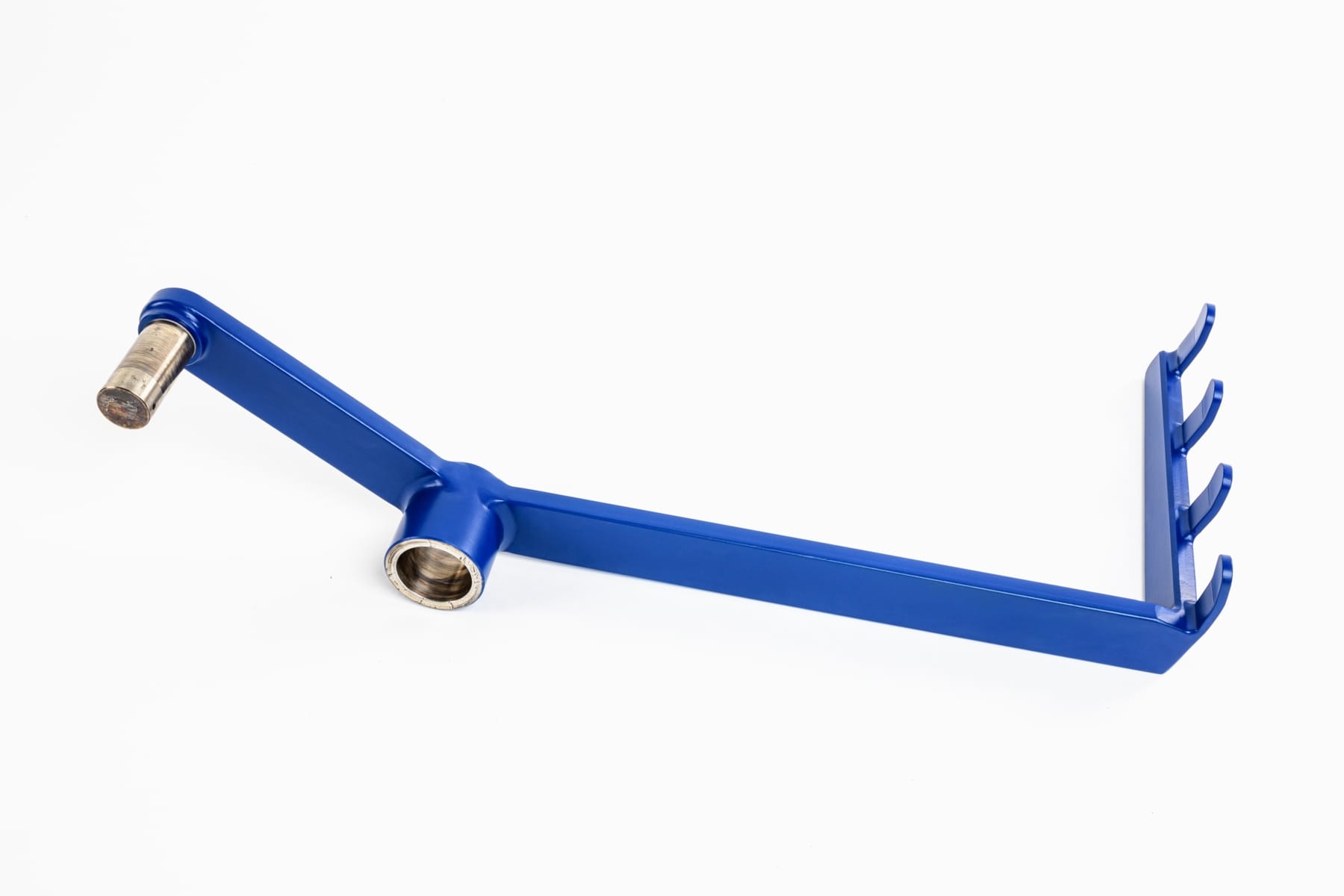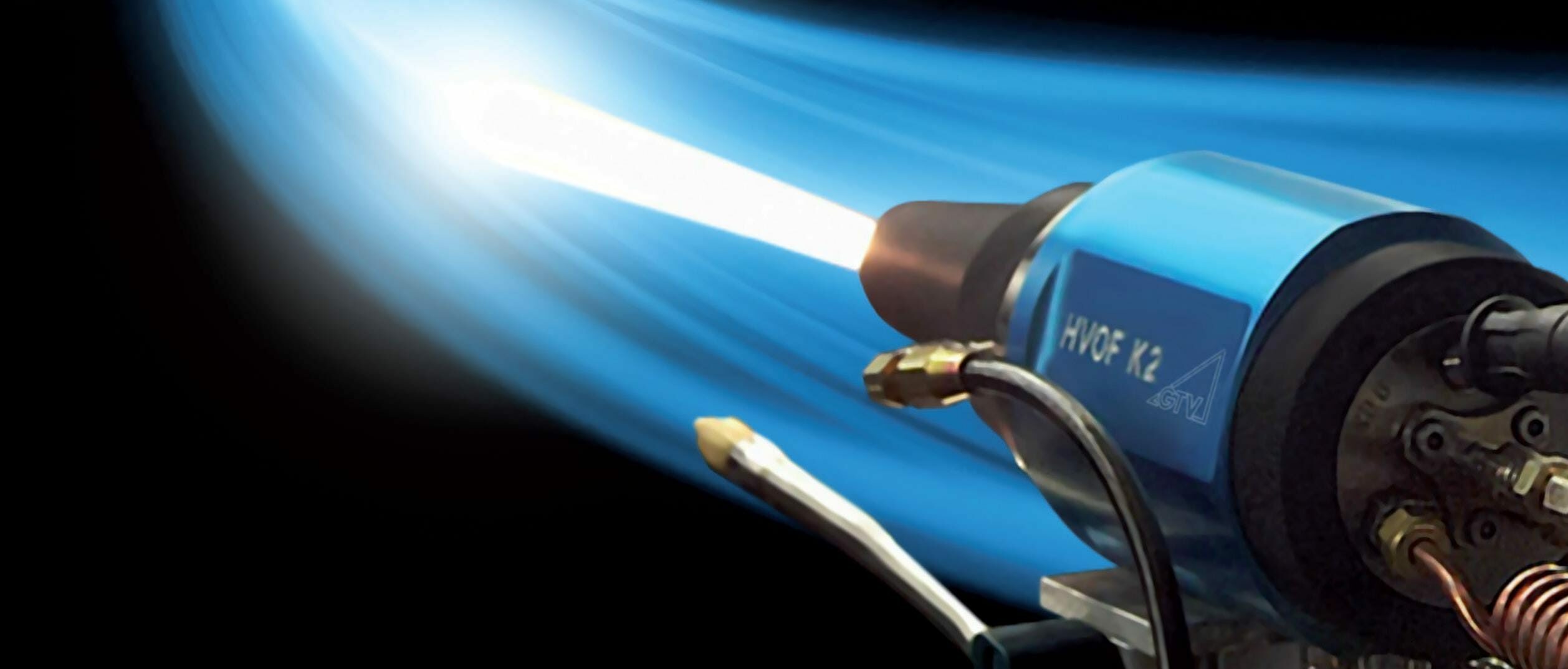PTFE coatings have excellent chemical, thermal and electric insulation properties and a very low friction coefficient. PTFE is completely unaffected by oxygen, ozone or UV light.

The PTFE coating is mainly used due to its excellent anti-adhesion and low-friction properties at temperatures of up to 260°C. Due to the relatively low layer thickness, PTFE coatings are less suitable for applications in which major mechanical loads are exerted on the material. Under pressure load, so-called “cold flow” occurs. It becomes visible by the deformation under load, which is a characteristic material property.
PTFE coatings show only little hardness; so they are relatively soft. PTFE is hard to wet; for water, the contact angle is 126 degrees Celsius.
Due to its low friction values, PTFE is used as coating for guides, ball bearings and seals. The melting point of PTFE is 326.8 degrees Celsius.
Teflon coating: the Teflon coating process
After delivery of your component that is to be coated with Teflon, the latter will be checked and its condition will be determined. Before the Teflon coating, we will clean your component, e.g. by means of sandblasting.
The Teflon material is applied to the component using both, electrostatic powder coating (thick layer) and wet coating (thin layer).
PTFE coatings are applied most frequently in thin layers (15-80 µm) using the wet painting process.
After Teflon coating with PTFE wet paints, the fluoropolymer is bound to binder resins and the final properties are determined/achieved by means of the sinter process following the drying.
With thick layers, the component may, depending on the requirement, be mechanically reworked by turning, grinding and milling. Other rework includes glass bead blasting and electropolishing.
Every Teflon coating process will be completed by quality assurance. The layer thickness is measured and the complete component is checked for absence of pores.
Fields of application of the Teflon coating
The Teflon coating is used in the automotive industry, sealing industry, laboratory engineering, chemical industry, mechanical engineering, packaging industry and in the food industry. Teflon and/or PTFE in the food environment has the advantage that many systems are FDA- and EU-approved for food contact.
